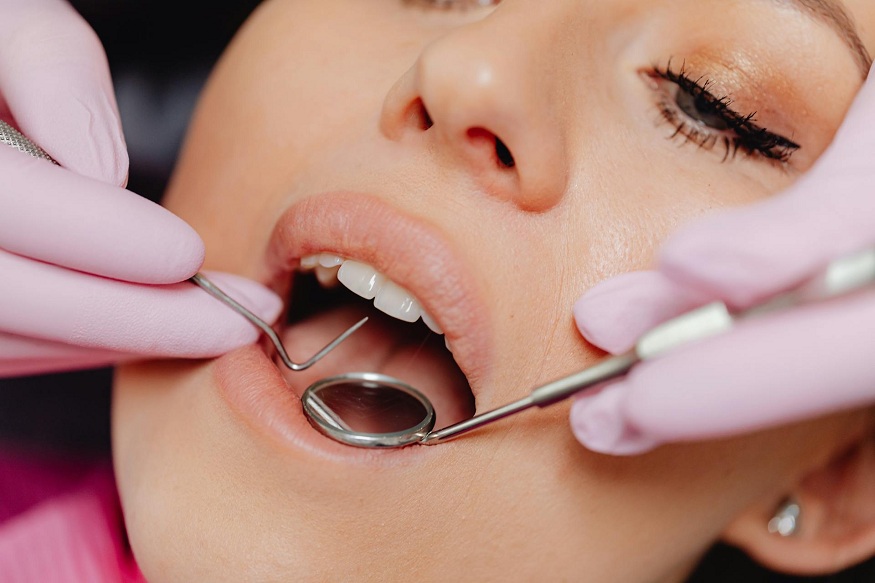If you have deep decay, a large cavity, or a cracked tooth that cannot be repaired, your dentist may recommend pulling the affected tooth. Patients have an innate fear of tooth extractions, especially with numerous myths floating on the internet. Usually, the best approach is to save a decayed/damaged/weak tooth, but when there are no options left, extraction is the only way to avoid complications. Before you visit your dentist in south reno for the procedure, here’s what to know and expect.
Overview of tooth extractions
In straightforward words, a tooth extraction is the procedure for pulling a tooth from the socket. General dentists, oral surgeons, and periodontists perform the extraction at a dental clinic. Usually, tooth extractions are categorized into two segments – simple and complex.
- Simple tooth extractions: As the first step, your dentist will administer local anesthesia to numb the tooth and surrounding gums. You will not feel any pain. They will then use an elevator to rock the tooth from the gums. The next step is to use forceps to pull the tooth.
- Complex tooth extractions: Depending on the number of teeth being removed and the complications of the surgery, your dentist may suggest sedation options along with local anesthesia. The rest of the procedure remains the same, but if a tooth is impacted, the dentist may have to cut through the gums first. As required, they will break the impacted tooth into pieces to simplify the extraction.
After a tooth is removed, the dentist will clean the gum socket. If the gums need to be closed, sutures may be used. You will have to bite down a piece of gauze to control the bleeding.
“Why do I need a tooth extraction?”
That’s often the first question patients ask. If there is an abscess or deep decay in a tooth that cannot be addressed through procedures like root canal therapy, extracting it becomes necessary. Extractions are also recommended for overcrowded teeth, teeth affected by gum disease, injury, and impacted teeth.
Preparing for the procedure
Your dentist will want to know your health history, whether you are taking any medications, and if you have gone through surgery recently. You should inform the dentist if you have heart, liver, or kidney disease. If many teeth have to be removed, the procedure will be planned in phases.
After the procedure
After a simple tooth extraction, you can go home immediately. The gauze will help form a blood clot, and you may feel the effects of anesthesia for the next few hours. Consider applying an ice pack on your cheek for pain relief and keep the swelling in check. Usually, dentists recommend pain relievers after tooth extractions to minimize discomfort, while antibiotics help accelerate the healing. Avoid physical activities for the next two days, and don’t smoke or use tobacco products. You will also need to stick to soft foods for a few days. Also, avoid using a straw.
Replacing missing teeth
You should ask your dentist when you can consider replacing the missing teeth. There are various options, such as dentures, dental bridges, and dental implants. Dental implants work as replacement roots and prevent loss of bone mass. Dentures are considered an affordable option and can last for many years. Dental bridges are best recommended when a patient is missing two or more teeth in a row. In general, implant-supported restorations are better than standard options.
Takeaway
There is nothing to worry about a simple tooth extraction, provided you adhere to instructions. Healthy patients should recover within a few days. If you still have questions, talk to your dentist in South Reno to learn more.
